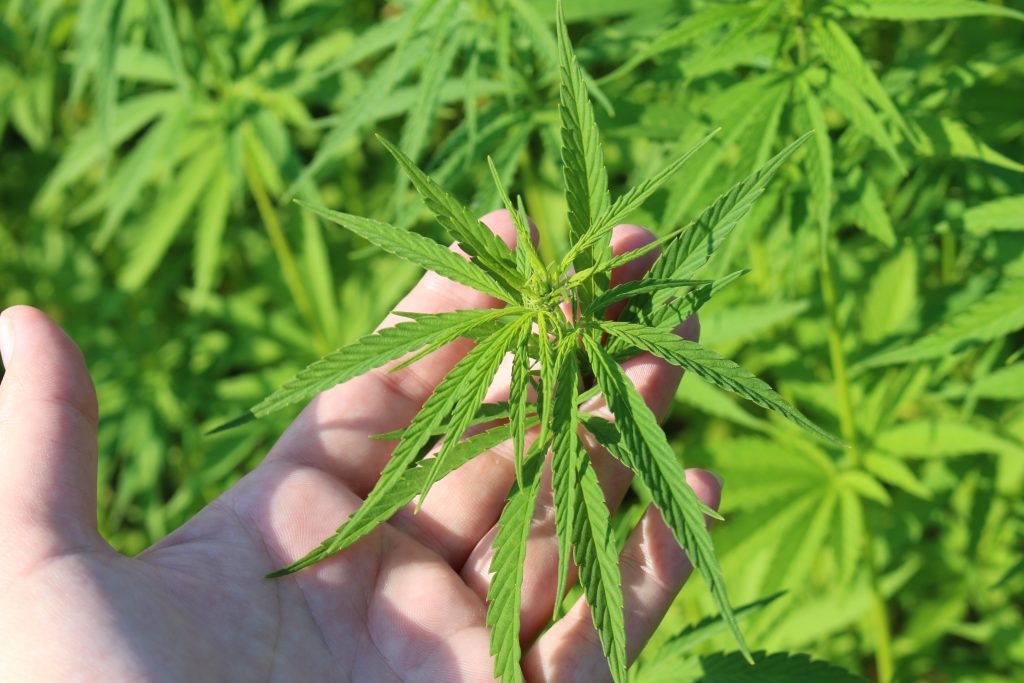
The final rule for hemp production went into effect Monday, March 22. The U.S. Department of Agriculture announced the final rule, which includes modifications to regulations established under the interim final rule published in October 2019.
Key provisions of the final rule include licensing requirements; record-keeping requirements for maintaining information about the land where hemp is produced; procedures for testing the THC concentration levels for hemp; procedures for disposing of non-compliant plants; compliance provisions; and procedures for handling violations.
Florida Agriculture Commissioner Nikki Fried offered the following statement:
“I appreciate the USDA’s implementation of important improvements to its hemp program regulations, and for hearing and addressing the majority of our concerns regarding certain provisions previously issued – providing both flexibility and certainty to our producers. Given the USDA’s responsiveness to our comments, Florida’s program will require only minimal changes to come in line with the federal program to the benefit of our industry. I applaud the Biden Administration for implementing these needed modifications without delay, helping this emerging industry continue to grow. I hope Congress has been listening just as closely to industry concerns and will swiftly take the legislative action needed to raise the arbitrary THC cap of 0.3% mandated by the 2018 Farm Bill – that continues to be the greatest impediment to growth for hemp farmers and those manufacturing hemp-derived products.”
Key provisions of the final rule include:
Negligent violation – producers must dispose of plants that exceed the acceptable hemp THC level. However, if the plant tests at or below the negligent threshold stated in the rule, producer will not have committed a negligent violation. The final rule raises the negligence threshold from .5 percent to 1 percent and limits the maximum number of negligent violations that a producer can receive in a growing season (calendar year) to one.
Disposal and remediation of non-compliant plants – the final rule allows for alternative disposal methods for non-compliant plants that do not require using a DEA reverse distributor or law enforcement and expands the disposal and remediation measures available to producers. AMS will provide acceptable remediation techniques in a separate guidance document.
Testing using DEA-registered laboratories – there are an insufficient number of DEA-registered laboratories to test all the anticipated hemp that will be produced in 2020 and possibly 2021. DEA has agreed to extend the enforcement flexibility allowing non-DEA registered labs to test hemp until Jan. 1, 2022 and is processing lab registration applications quickly to get more labs testing hemp DEA-registered.
Timing of sample collection – the IFR stated a 15-day window to collect samples before harvest. The FR extends this requirement to 30 days before harvest.
Sampling method – stakeholders requested that samples may be taken from a greater part of the plant or the entire plant. They also requested sampling from a smaller number of plants. The FR allow states and tribes to adopt a performance-based approach to sampling in their plans. The plan must be submitted to USDA for approval. It may take into consideration state seed certification programs, history of producer compliance and other factors determined by the State or Tribe.
Extent of Tribal Regulatory Authority over the Territory of the Indian Tribe – the IFR did not specifically address whether a tribe with an approved USDA plan could exercise primary regulatory authority over the production of hemp across all its territory or only lands over which it has inherent jurisdiction. The final rule provides that a tribe may exercise jurisdiction and therefore regulatory authority over the production of hemp throughout its territory regardless of the extent of its inherent regulatory authority.
More information about the provisions of the final rule is available on the Hemp Production web page on the Agricultural Marketing Service (AMS) website.









